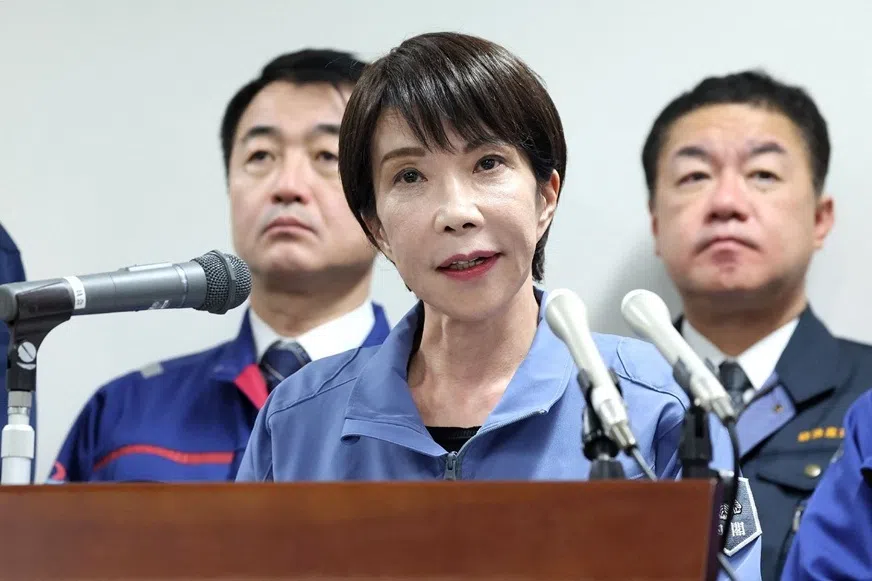The critical minerals race: Can the Quad catch China?
The scramble for critical minerals is emerging as a defining front in the Quad’s rivalry with China — and this time, the stakes are the future of clean energy, advanced technologies and supply chain independence, says researcher Genevieve Donnellon-May.
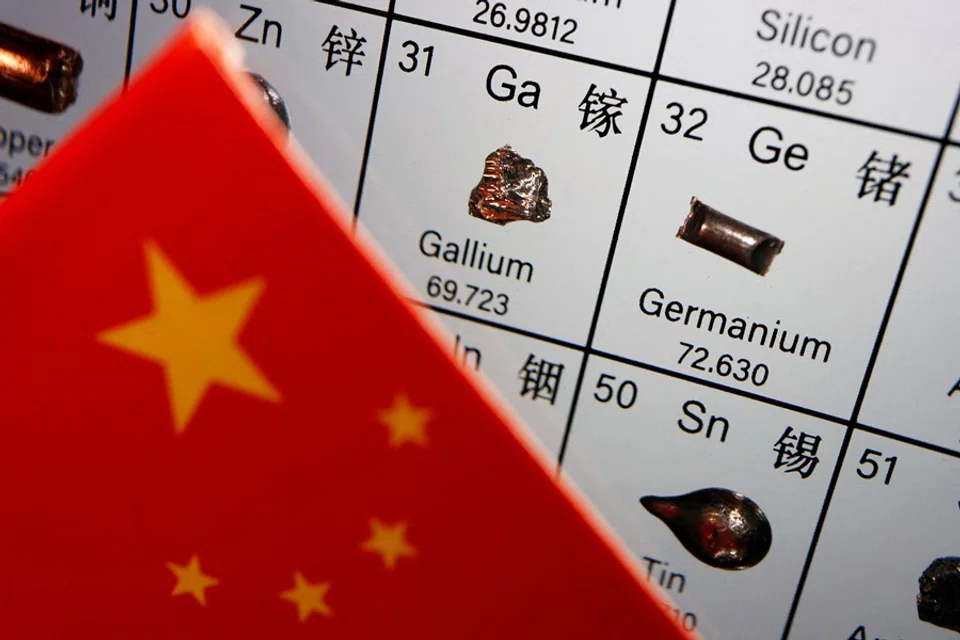
Amid deepening US-China tensions, the foreign ministers of the Quad — Australia, India, Japan and the US — met in Washington, DC, on 1 July for only the second time since Donald Trump’s return to the White House. There, they announced their decision to establish a Quad Critical Minerals Initiative.
While full details remain scarce, the press release stated that the partnership aims to secure and diversify supply chains, expand critical mineral recovery and re-processing via electronic waste strategies, and work with the private sector to encourage investment.
Critical minerals
Critical minerals — including rare earth elements, lithium, graphite, silicon and nickel — are indispensable for clean energy technologies like electric vehicles and wind turbines, as well as for smartphones, satellites, semiconductors, advanced defence systems and technologies (like drones), and aerospace applications. These raw materials, once processed, become the backbone of energy storage, electric vehicle batteries and other cutting-edge technologies, making them key to the economic development and national security of countries.
Decades of generous subsidies, strategic overseas investments and strong state support have given Chinese firms an unmatched edge — allowing them to build capacity across the entire supply chain, from raw extraction to advanced processing.
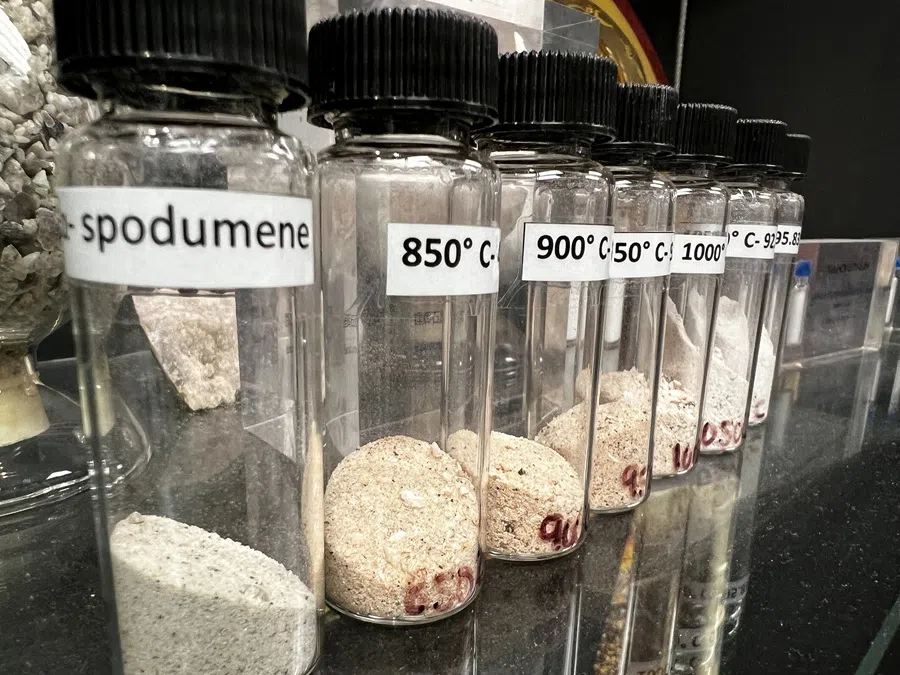
China plays an outsized role in this global landscape. As the world’s largest importer of critical minerals, which it processes and supplies to the rest of the world, the country dominates multiple supply chains: refining around 60% of global lithium, 65% of cobalt, 70% of rare earth elements, 85% of rare earth processing capacity, and 90% of global graphite processing. China also controls 80% of natural graphite supplies and remains a top producer of refined copper.
China’s dominance: a strategic leverage point
China’s dominance in critical minerals is no accident. Decades of generous subsidies, strategic overseas investments and strong state support have given Chinese firms an unmatched edge — allowing them to build capacity across the entire supply chain, from raw extraction to advanced processing.
This position gives Beijing significant geopolitical and geoeconomic leverage over global supply chains — and it has shown a clear willingness to use it. In 2010, China cut rare earth exports to Japan — which at the time relied on China for more than 90% of its supply — during a maritime dispute over the Senkaku/Diaoyu Islands, pushing Tokyo to diversify sources. Some argued the restrictions were politically timed, while others suggested that they were tied to China’s broader efforts to tighten rare earths export levels.
Tensions flared again in 2023 when Beijing imposed export controls on germanium and gallium after the US restricted China’s access to advanced chips and related technologies. More recently, in April this year, China again curbed exports of key rare earth elements and magnets — vital for defence, clean energy and automotive industries — in retaliation for Trump’s “Liberation Day” tariffs. The consequences were severe. Media reports noted that global magnet exports plunged by 75%, forcing automakers and semiconductor firms worldwide to scramble for alternatives.
Meanwhile, rare earth demand could rise three-to-sevenfold by 2040, with China still likely to hold around 55% of mining and nearly 80% of refining capacity — locking in its strategic leverage if others fail to act in time.
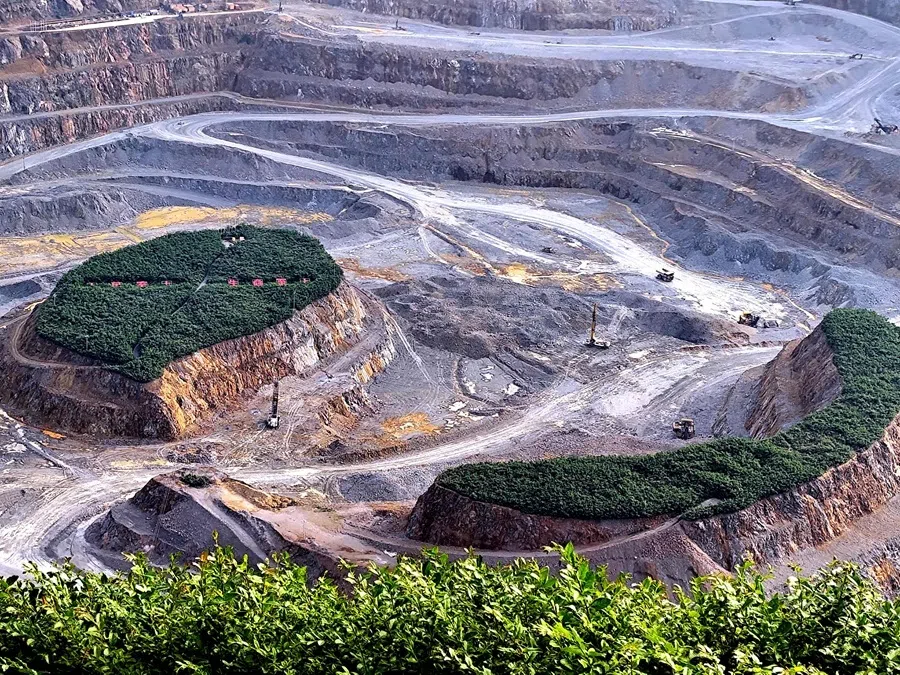
Projections are alarming. Without urgent, large-scale alternatives, dependence on China is expected to deepen. In particular, demand for lithium and rare earths is expected to surge sharply between 2030 and 2050 due in part to efforts to meet clean energy targets. But by 2035, global lithium supply may cover only half of projected demand. Meanwhile, rare earth demand could rise three-to-sevenfold by 2040, with China still likely to hold around 55% of mining and nearly 80% of refining capacity — locking in its strategic leverage if others fail to act in time.
Opportunities for the Quad
While full details remain limited at the time of writing, a Quad critical minerals partnership makes clear strategic sense. Each member offers clear advantages: Australia holds vast lithium and rare earth reserves; the US brings capital and advanced mining technology; Japan contributes investment and deep expertise in extraction, processing and recycling; and India holds untapped mineral deposits alongside an expanding consumer market.
Working together could help the Quad diversify supply chains and shield key industries — from Silicon Valley to New Delhi — from Beijing’s strategic leverage, while also underpinning clean energy, advanced technology and defence sectors and building resilience against future supply shocks.
The Quad’s joint statement underlined this urgency: “Reliance on any one country for processing and refining critical minerals exposes our industries to economic coercion, price manipulation, and supply chain disruptions, harming our economic and national security.” While China was not named, the warning was unmistakable — echoing lessons learned from Beijing’s past use of export curbs to exert (geo)political pressure and (geo)economic pressure, from Australia to Lithuania.
A lack of expertise in advanced battery materials and next-generation downstream technologies combined with environmental concerns and competing domestic priorities in Quad countries only add to the challenge.
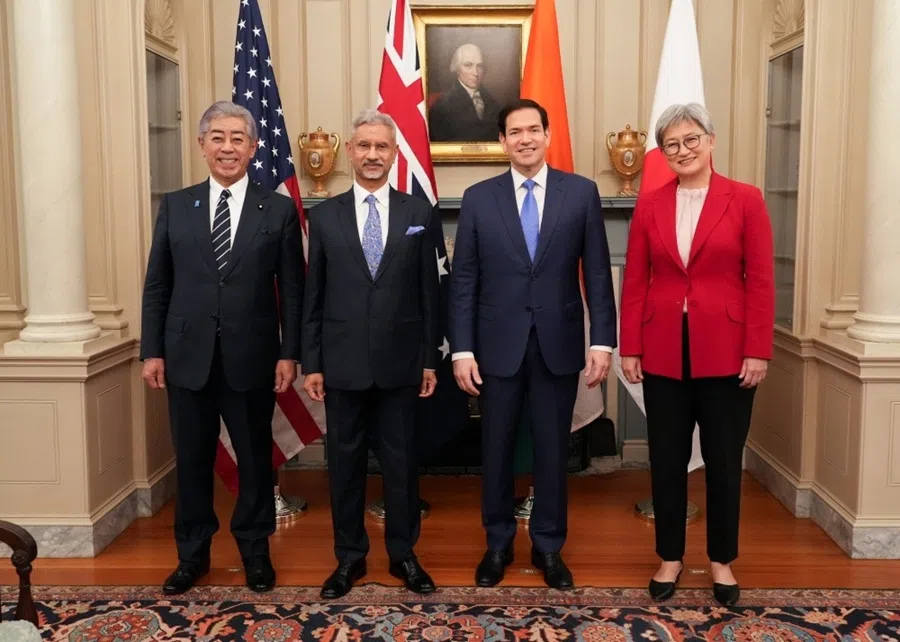
More broadly, the Quad’s critical minerals effort complements President Biden-era initiatives (such as the Mineral Security Partnership and the “friendshoring” strategy), as well as President Trump’s 15 April 2025 executive order. It also aligns with other Quad initiatives and indirectly supports each country’s national goals — including energy security and climate targets — while reinforcing broader supply chain resilience amid intensifying great power competition.
Challenges significant
Nevertheless, catching up to China will be an uphill battle. Beijing’s grip runs deeper than mining alone: its large-scale refining and smelting are cheaper, labour costs lower and supply chains tightly integrated — advantages the Quad has yet to match. Closing this gap demands sustained political will, large-scale investment and better policy coordination — all areas where the Quad has struggled. A lack of expertise in advanced battery materials and next-generation downstream technologies combined with environmental concerns and competing domestic priorities in Quad countries only add to the challenge.
Inter-Quad tensions further exacerbate matters. Trump’s “Liberation Day” tariffs, imposed in April and currently suspended, hit countries around the world, including Quad members. Australia, despite its longstanding free trade deal with Washington, now faces a 10% tariff on exports and mounting pressure to increase defence spending.
Concurrently, the Pentagon’s review of the controversial AUKUS submarine pact — central to Canberra’s regional security architecture — adds to concerns. Australia has offered the US preferential access to its planned critical minerals stockpile. Nonetheless, Washington has yet to accept, underlining the coordination gaps that persist.
India is similarly frustrated. Amid ongoing trade talks with the White House, New Delhi bristles at Washington’s outreach to Pakistan amid ongoing India-Pakistan tensions. At the same time, President Trump’s claim that his intervention prevented a potential conflict between India and Pakistan earlier this year rankles New Delhi.
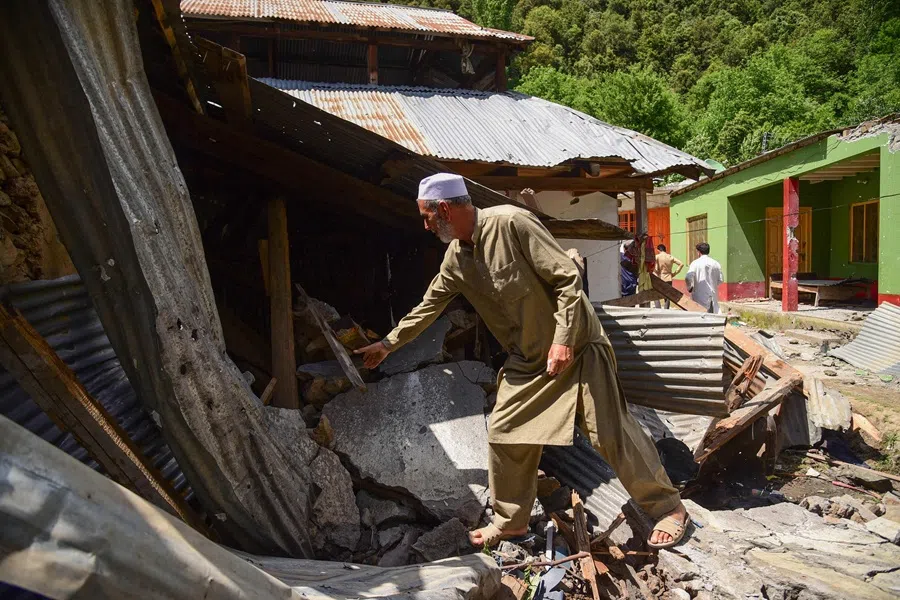
Japan, too, has concerns. Facing the prospect of 15% tariffs on exports to the US and increases in defence spending after the latest tariff deal agreed, President Trump’s erstwhile public branding of Japan as “spoiled” in social media posts further strains ties.
The Quad’s new minerals push signals intent but faces an uphill fight. Turning words into capacity demands capital, coordination and sustained political will — all while Beijing tightens its lead and forges new deals abroad. Without urgent follow-through, this partnership risks remaining symbolic. In the scramble for clean technologies, green energy and supply chain security, the question is whether the Quad can match China’s scale and speed — or watch dependence deepen further.



![[Big read] China’s 10 trillion RMB debt clean-up falls short](https://cassette.sphdigital.com.sg/image/thinkchina/d08cfc72b13782693c25f2fcbf886fa7673723efca260881e7086211b082e66c)
